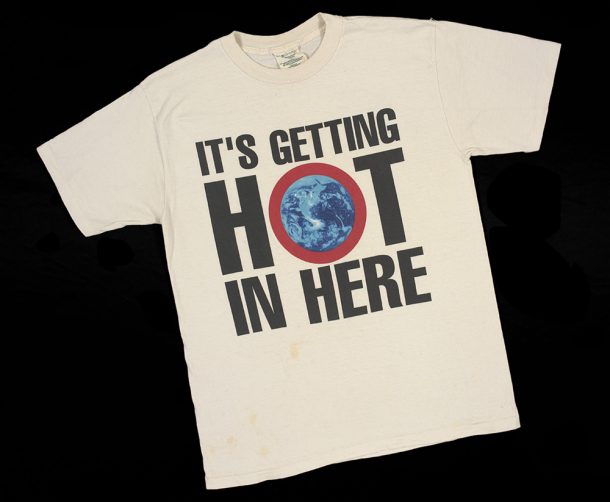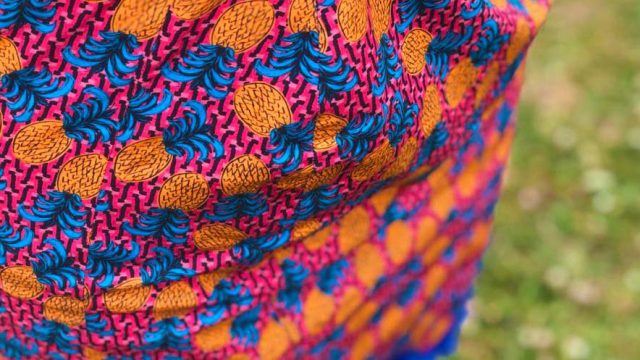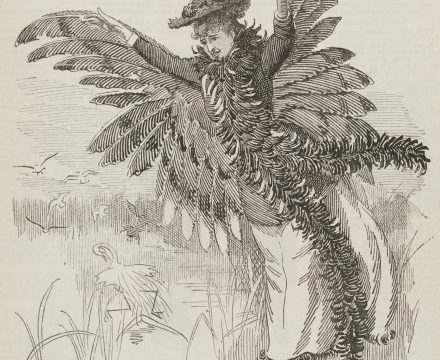Today the V&A hosts part of the House of Commons Environmental Audit Select Committee’s inquiry into sustainability in the fashion industry. Cross-party MPs will gather evidence from experts for a report with recommendations on how to make the fashion industry more sustainable. You can see the discussion here.

I have a confession – I love buying clothes. I’m not alone. Here in the UK, we’re buying more new clothes than anywhere else in Europe – and wearing them less. But cheap clothes carry a hidden cost, and people are becoming more aware of the true environmental and social impact of the clothes they buy. My committee at Westminster is investigating what fast fashion is doing to the environment, asking why some manufacturing processes are less sustainable than others, and examining what really happens to the clothes that we throw ‘away’.
Some startling statistics have been shared with us: the global fashion industry produces more carbon dioxide than international flights and shipping; a single domestic wash can release around 700,000 plastic microfibres to wastewater; a pair of jeans can use more than 3,500 litres of water over their full lifecycle.
As consumers we make choices every time we buy something new: how on trend is it? Do I like the colour and how the fabric feels? Can I afford it? The answer is probably ‘yes’ when online retailers can sell a dress for as little as £5. What we can’t see on any label is how much that item of clothing costs the natural world. To answer that, if you’re buying a pair of jeans for example, the questions would need to go something like this: how much water was used making the cotton? What range of chemicals were used in the dyeing process? Can they be recycled? Was the worker who made them paid a fair wage, and not a child or bonded labour?
The people with the answers are the manufacturers and retailers who drive the fashion business. That’s why we’ve written to the leading fashion retailers, on the high street and online, to uncover the real cost. We’re holding them to account because the buck really does stop with them. It’s all about producing clothes that are less toxic, not only for the environment, but that also have a better outcome for the people who make them. We’re encouraged by what we’ve heard from some in the retail sector.
When you hear about garments that look identical, but one sheds fibres four times faster than another, it’s clear we need to find a solution. The V&A’s Fashioned from Nature exhibition highlights that everything we grow, make, wear and enjoy, comes from the natural world. It shows what can be achieved when scientists and designers work together. When creative solutions are adopted by the fashion industry, we see a reduction in production energy and chemicals, with bio-engineered fabrics, low-water, pollution-free dyeing methods, and even wearable ‘paper’. If we could reconnect to our clothes and the people who made them, instead of expecting a dress to cost little more than a £3 coffee in a disposable cup, we would truly start to reduce our fashion footprint.
When my committee reports we’ll be recommending steps that the Government needs to take to make sure fashion isn’t costing the earth. We’re also looking to the fashion industry to take the lead in remodelling itself to provide decent work, transparent supply chains and confident consumers.


